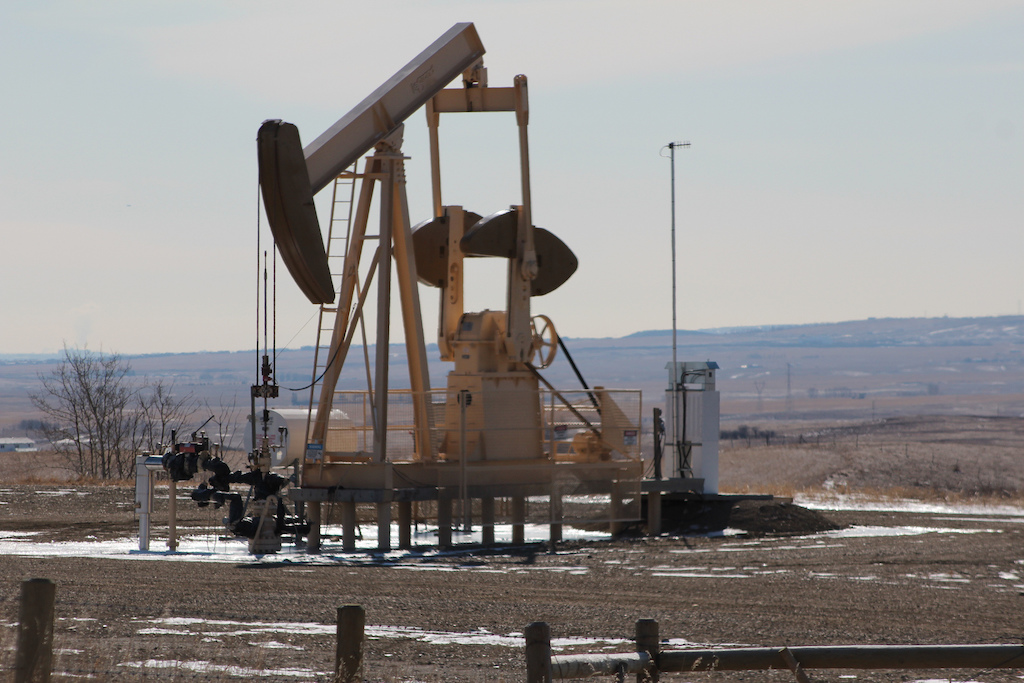Article Archive
Article Archive
- Introduction of Cement Slurry System (Part 1)
- Introduction of Cement Slurry System (Part 2)
- Introduction of Cement Slurry System (Part 3)
- Introduction of Cement Slurry System (Part 4)
- High Temperature and High Pressure Cementing Technology
- Low Density Cementing Slurry Technology
- Anti Gas Channeling Cementing Technology
- Drag Reducing Agents (DRA) or Drag Reducers (DR)
- Nitrogen Surfactant Compound Huff and Puff Technology
- Oil Washing Technology for Increasing Production
1. Research progress of cementing additives
In the past 30 years, cementing admixtures have developed rapidly abroad, and their varieties have been updated rapidly. At present, there are 15 functional classifications, and there are more than 100 varieties in total. On the basis of absorbing and digesting foreign advanced technology, China has also established an additive system and corresponding products suitable for domestic oilfield cementing, which can basically meet the cementing needs of most domestic wells. Limited by space, this paper only introduces the research progress of the two most important and most studied admixtures, fluid loss additive and retarder.
1.1 research progress of fluid loss additive
Fluid loss additive products can be divided into two categories: granular materials and water-soluble polymers and organic materials. In granular materials, latex has become a research hotspot at home and abroad because of its good filtration loss reduction, gas channeling prevention, toughening and other advantages, and its research progress will be listed separately below. At present, most of fluid loss additive products are water-soluble polymers and organic materials, which can be divided into modified natural products and synthetic polymers. In addition, many researches have been made on the environmentally friendly fluid loss additive abroad.
1.1.1 modified natural product fluid loss additive
Modified cellulose is a kind of fluid loss additive widely used in water-soluble natural products. CMC (carboxymethyl cellulose), HEC (hydroxyethyl cellulose) and cmhec (carboxymethyl hydroxyethyl cellulose) can be used as fluid loss additive. CMC makes cement slurry flocculate and has strong retarding property, so it is not used now. HEC's comprehensive performance is acceptable and has a few applications. CMHEC is widely used abroad, but rarely produced in China. The common disadvantages of modified cellulose are poor water solubility, high viscosity, poor temperature resistance and delayed development of cement strength. It is a better way to improve the properties of cellulose by chemical graft copolymerization and introducing other functional monomers. Modified cellulose products developed abroad plus FL-52 and FL-54 developed by BJ company. FL-52 can be used at 149 ℃ and FL-54 can be used at 176 ℃ in dry fresh water and brine cement slurry. The domestic modified cellulose products are ZOC-BF1 of ZORANOC.
1.1.2 polymer fluid loss additive
There are many kinds of synthetic polymer fluid loss additives with excellent performance, which are incomparable with some natural products, so they have become the focus of development by researchers all over the world.
1) Nonionic polymer
PVA (polyvinyl alcohol) system is a kind of non-ionic fluid loss additive widely used in China, which has unique advantages. Typical products such as zoranoc g80s. The operating temperature of the system can reach 95 ℃. Above this temperature, the crosslinking bond will be destroyed and the filtration reduction performance will be worse. In addition, the salt resistance (NaCI) of the system is poor, and the salt resistance is usually less than 5%. In order to improve the poor temperature and salt resistance of PVA system. PVA can be modified by chemical crosslinking method, such as condensation reaction of alcohol group of PVA with aldehydes or acids to obtain partially crosslinked PVA. The chemical crosslinked PVA can be used alone without crosslinking agent such as borax. The temperature resistance can reach 120 ℃, salt resistance can reach 8%, and the filtration rate can be controlled below 50ml
2) Anionic polymer
Anionic polymer is a kind of fluid loss additive with the most widely studied products at home and abroad. Its comonomers include nonionic and anionic monomers. Non ionic monomers mainly include am (acrylamide), NVP (N-vinylpyrrolidone), NNDMA (n, N-dimethylacrylamide), St (styrene), VI (VINYLIMIDAZOLE), VFA (vinylformamide), VP (vinylpyridine), vmaa (n-methyl-n-vinylacetamide), etc. Among these monomers, am is easy to hydrolyze, so the content of am in the copolymer should not be too much: NNDMA introduces a group that is not easy to hydrolyze, and its high temperature resistance is obviously enhanced, but this kind of monomer is expensive, and it is still in the pilot stage in China. There are two kinds of anionic monomers, one is sulfonate monomer, such as amps (2-acrylamido-2-methylpropanesulfonic acid), SS (styrene sulfonate), vs (ethylene sulfonate), PS (propylene sulfonate); The other is carboxylate monomer, such as AA (acrylic acid), MAA (methacrylic acid), hea (hydroxyethyl acrylic acid) IA (itaconic acid), etc. Amps is widely used due to its high temperature and salt tolerance, high polymerization activity and large-scale production in China.
Foreign developed products such as halad-344, halad-413, halad-4, halad-700 of Halliburton company, FL-32, FL-33 of BJ company all belong to this kind of products. In recent years, China has strengthened the research in this area and made a lot of research results, such as ZOC-86L of ZORANOC.




